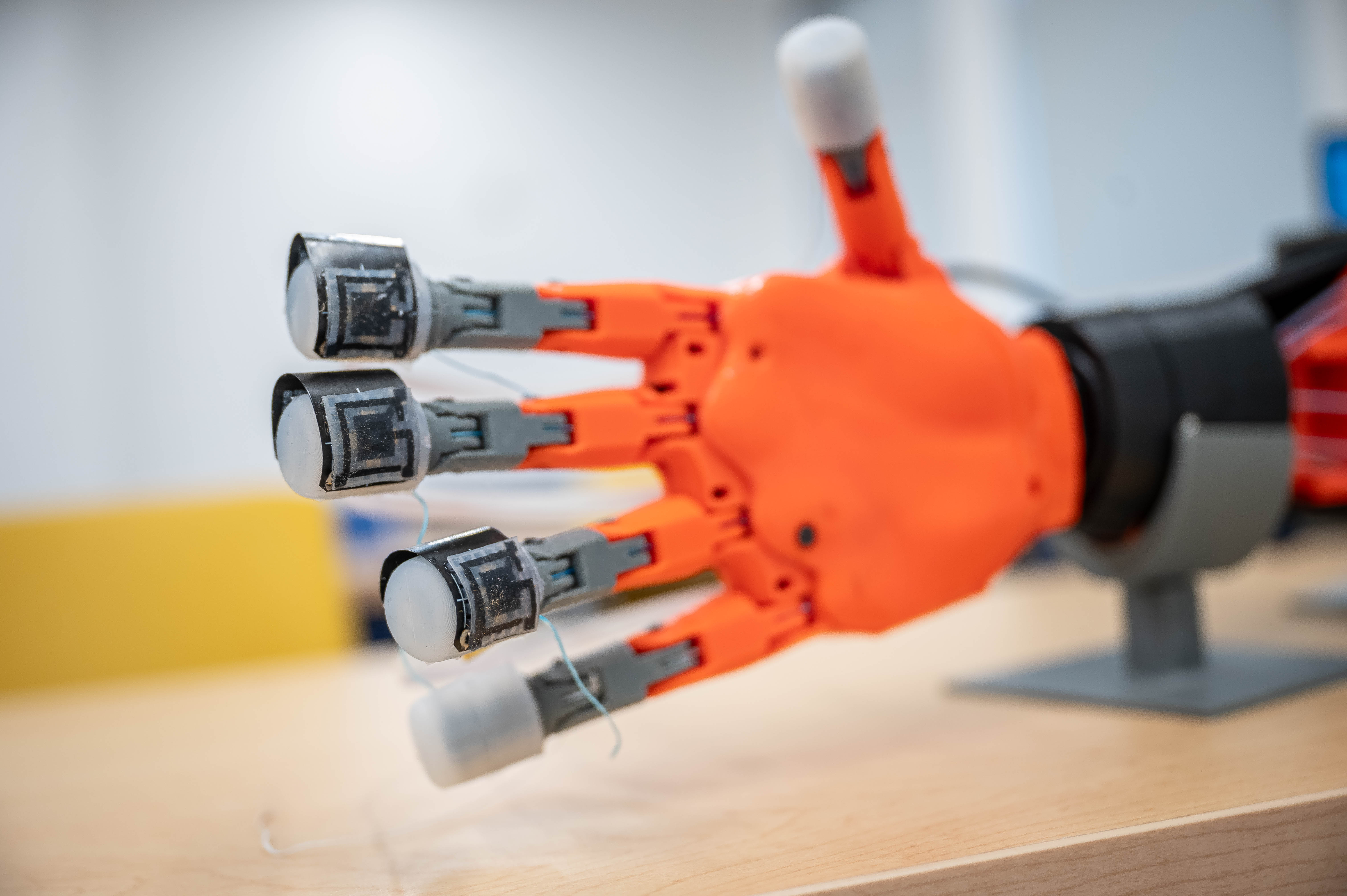The uses of the pure carbon substance Graphene are very broad, and thanks to two Russian scientists based in the UK, may have found great potential in its use in technology and engineering, and it was a bit of an accident too.
Using sticky scotch tape, Kostya Novoselov and Andrei Geim removed layers and layers of graphite until reaching its thinnest form and eventually to the point where the graphite was merely one atom thick.
Graphene is a two dimensional crystal of pure carbon and the scientists could have a very interesting breakthrough on their hands as the material, while thin, is still very strong. This will allow scientists to expand on the uses of graphene with only using a small amount of weight.
Getting to this discovery by using scotch tape was a bit of “playful idea” explains Kostya Novoselov in an interview with British newspaper The Independent. “A playful idea is perfect to start things but then you need a really good scientific intuition that your playful experiment will lead to something, or it will stay as a joke for ever,” he says. It certainly did not stay a joke forever as Novoselov and Geim’s research earned the Nobel Prize in Physics in 2010.
“It was not a new technique, and I’d heard of it before, but when you see it in front of you it makes it obvious what it can be used for.”
The material has uses in everything from cars and planes to smartphones, and military equipment to nuclear clean-up. A layer of Graphene can repel water, making it an suitable layer to coat metal, such as on the surface of a car, which will prevent any rusting.
Graphene is also a very strong conductor, making it ideal in chips and the manufacture of electronics. Its bendable and foldable qualities give it a unique edge in manufacturing smartphones, and could soon be a key component in Apple’s development of the iWatch.
“We have a really unique opportunity here in that quite a few unusual properties are combined in one material; the strongest, the most flexible, the most stretchable, the most conductive, optically transparent and something which is a good gas barrier. So you can invent quite a few new applications that were not possible before.”






